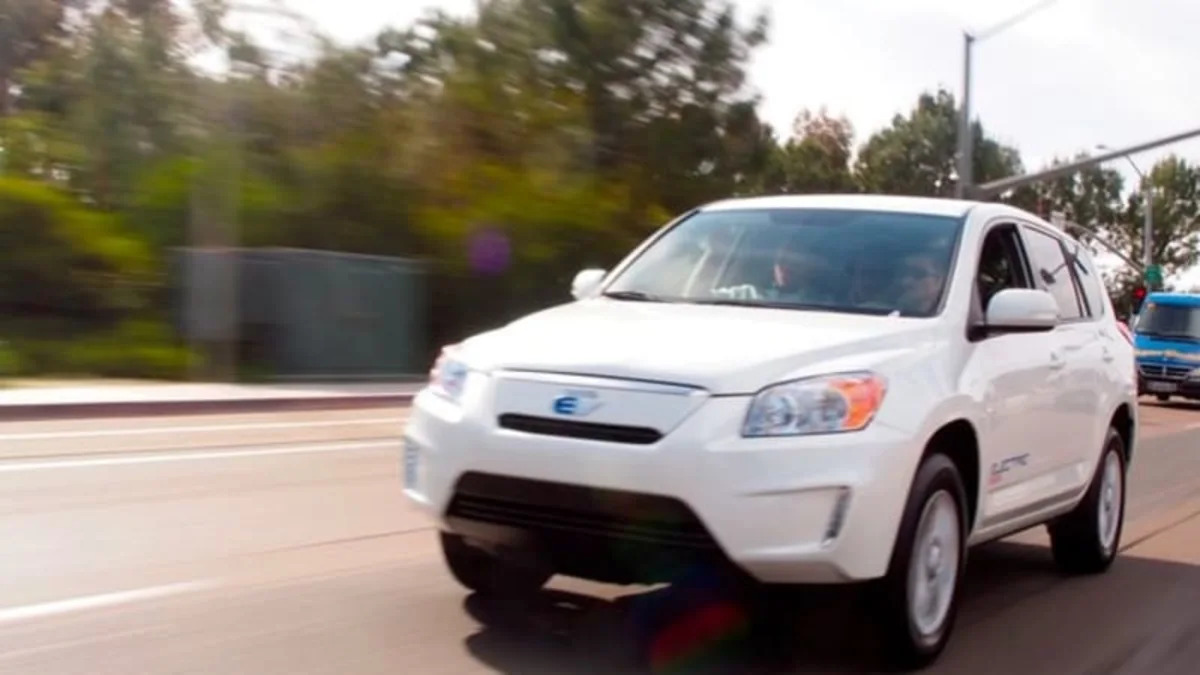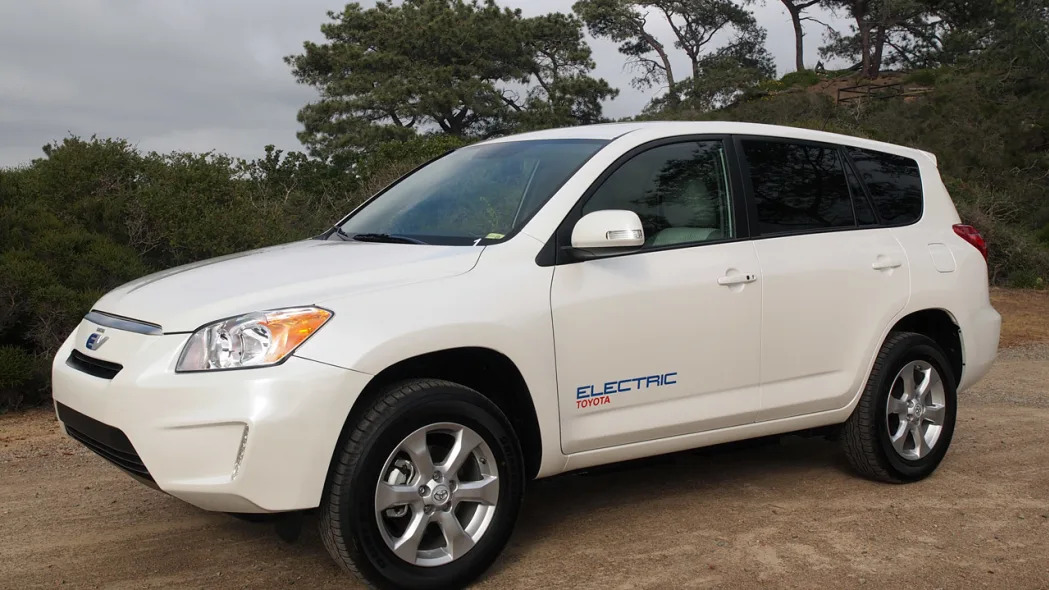When is regenerative braking not regenerative braking? Pretty much all the time, it turns out.
Take the Toyota Prius, which has what's called blended braking, which implies that both the friction brake (which all standard cars use to slow down) and the motor work together to reduce speed. In reality, though, you don't often use the friction brake in a Prius. Instead, the computer controlling this process is saying "we're still below my maximum friction brake threshold. I'm going to increase the regenerative effort to match the same level you're feeling on the pedal. As soon as you exceed that threshold, you want to stop faster than I can regenerate power, now I'm going to apply the friction brakes." Thus, any energy (heat) generated by the Prius' friction brakes does not go into the battery pack. (More details available here.)
That's how Sheldon Brown, executive program manager for the Toyota Technical Center, explained things to AutoblogGreen recently. We were talking about the prototype version of the RAV4 EV, which has some pretty serious brake grab when you release your foot from the accelerator. It doesn't feel anything like driving a Prius, and Brown said this was done entirely on purpose.
Continue reading Regenerative braking 102...
Take the Toyota Prius, which has what's called blended braking, which implies that both the friction brake (which all standard cars use to slow down) and the motor work together to reduce speed. In reality, though, you don't often use the friction brake in a Prius. Instead, the computer controlling this process is saying "we're still below my maximum friction brake threshold. I'm going to increase the regenerative effort to match the same level you're feeling on the pedal. As soon as you exceed that threshold, you want to stop faster than I can regenerate power, now I'm going to apply the friction brakes." Thus, any energy (heat) generated by the Prius' friction brakes does not go into the battery pack. (More details available here.)
That's how Sheldon Brown, executive program manager for the Toyota Technical Center, explained things to AutoblogGreen recently. We were talking about the prototype version of the RAV4 EV, which has some pretty serious brake grab when you release your foot from the accelerator. It doesn't feel anything like driving a Prius, and Brown said this was done entirely on purpose.
Continue reading Regenerative braking 102...
[Source: Toyota]
In part, this was done because the powertrain came mostly from Tesla and the Roadster. Brown said:
We also spoke with Tetsuya Bono, Toyota's senior principal engineer of advanced powertrains in the fuel cell hybrid group. He told us that in the RAV4 EV (and the Roadster) stepping on the brake does not add any energy to the pack. Since there was very little time to develop the 35 RAV4 EVs that Tesla did for Toyota, a variation of the Roadster's motor regen was used.What we did on this particular project – partly for demonstration purposes, partly because we wanted to bring this demonstration vehicle in in under two months – was we basically decided to not use the Prius system. The Prius system is a very, very sophisticated and extremely cool system. What this one does, we call it off-throttle or coasting regen. As soon as you're off the pedal, you get a heavy regen experience. In a Prius, we also have coasting regen, but it's significantly lower, it's on the order of not quite a tenth of [what's in the RAV4 EV].
Both Bono and Brown said that making the motor and brake regen work together is not technically hard, but it is very hard to make work from a common driver/UI perspective. Since you can get the systems to talk to each other, and you want drivers to feel comfortable in their own cars, why not put in a driver selectable regen, the way VW and Volvo do?
"There are a couple issues with that," Sheldon said. "Range is huge in these vehicle, and what we wanted to do was capture as much energy as possible, so we said, 'okay, in this model we're going to give you off-throttle. In the production version it's not going to be anywhere close to that, it's going to be much more similar to what you're accustomed to in a Prius."

He said that Toyota really doesn't like adjustable regen in a production model, and it comes down to safety. "We want to sell this vehicle in a number of markets, including the East Coast and places like that where they have low-friction surfaces like icy roads. As soon as you hit an area like that when using coasting regen, your wheels are going to lock because you have a lot of force, and then you render our ABS system useless because the ABS can't go anything when the wheels are locked. You get that sort of panic mode and then you bring up the friction brake. The Prius does all that for you. [With heavy regen] the motor control has a hard time alternating quickly between releasing and then accepting a lot of power. So that's why the system in the Prius says, 'no thank you, I'm going to automatically increase the boost on the brake to make up the difference in the friction brake and I'm going to use the brake now to control this unstable environment."
So, safety and control is something the Toyota engineers are shooting for. Still, there is a good chance the driver will be able to affect the way the system operates, Brown said. "Part of what we would like to do, and we haven't decided this, is to provide some sort of selectivity with different drive modes (see: eco or sport mode in other cars that vary the amount of regen you feel when you take pressure off the go pedal).
From a hypermiling perspective, it is always theoretically better to coast to a stop and never hit the brakes. When engineers are designing plug-in and hybrid vehicles, though, they don't always make this possible. Now we know why.



Sign in to post
Please sign in to leave a comment.
Continue